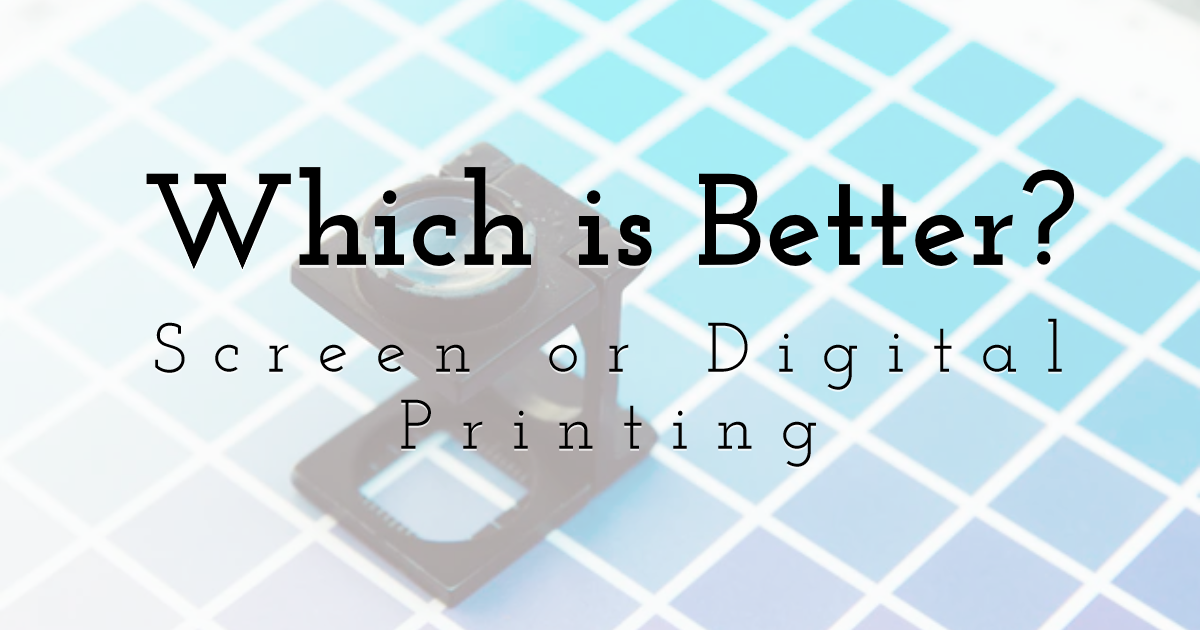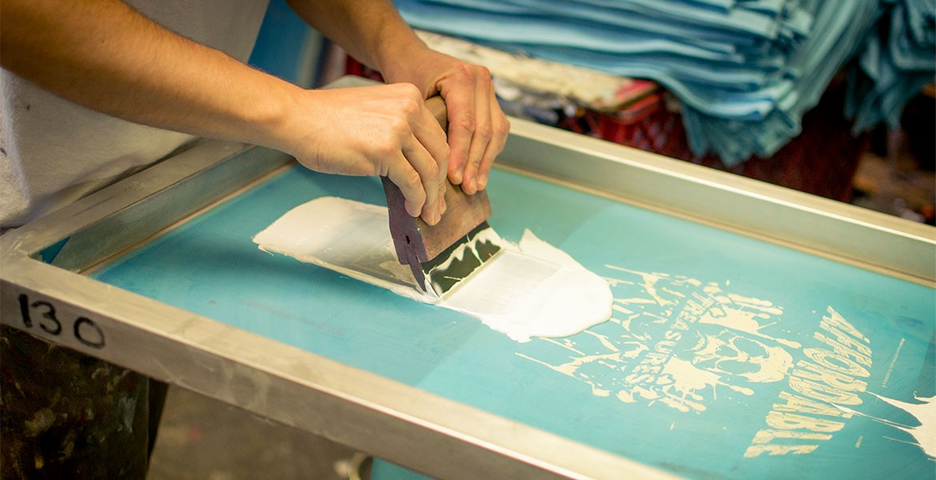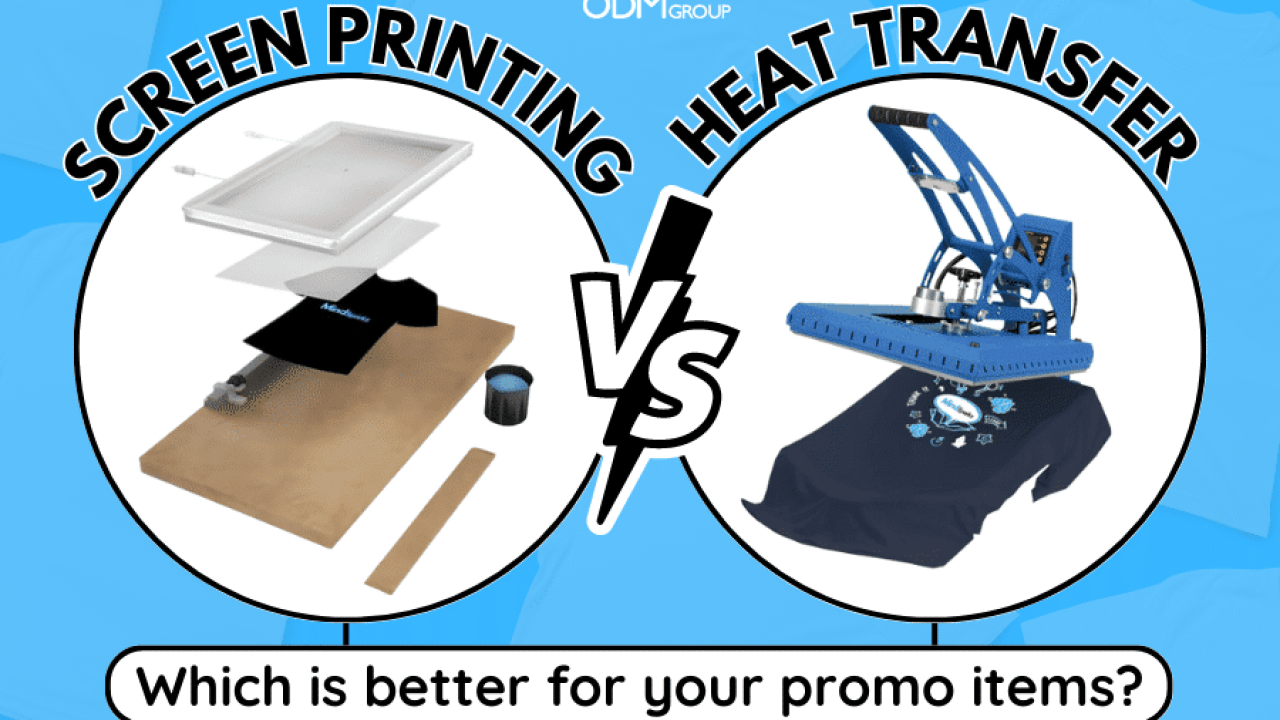An Unbiased View of Tx Tees
Table of ContentsTx Tees Can Be Fun For EveryoneSome Ideas on Tx Tees You Need To KnowA Biased View of Tx TeesNot known Details About Tx Tees Some Ideas on Tx Tees You Need To KnowSome Of Tx TeesTx Tees for Dummies
That brings your total amount to approximately $1,900 before tax obligation and shipping. Accumulate various other costs, like the number of utilities it takes to run the store and the expense of ink and solution per layout. custom monograming. Take the print listed below. This is a one-color photo, so the expense of ink per t shirt is roughly 20 cents.The emulsion must only be a few cents because you 'd just require to layer one screen for this work. Normally, printers attempt to make up to 45% earnings on a print work.

With DTF, you can publish a handful of shirts, or just one. Utilize the exact same calculator as the area above to determine just how much earnings you 'd use DTF transfers. Contrast the prices and earnings to whichever technique speaks ideal to your setup and process. Both screen printing and DTF have their particular niches on the planet.
9 Simple Techniques For Tx Tees
The most effective way to understand? Ask about and see what print stores like yours are doing. custom t-shirt design. Attempt both out and see which you like much better
When you're selecting what kind of printing method to utilize for publishing your artwork layouts on your garments, it is essential that you recognize the differences between these two techniques so you can make best use of results while lessening prices. Screen printing is the most typically used method for publishing styles on fabrics.
DTG printing is also known as place or straight to garment printing due to the fact that it prints just what is required as opposed to making a screen as screen printers do. https://txtees02.bandcamp.com/album/tx-tees. Display printing functions by display filler squeegee screen printing ink display mesh display, after that transferring the picture to garment making use of warm and/or pressure
The DTG printer uses special dye-sublimation inks that are used into a pre-designed photo by a digital printing system. The inks enter into the textile, enabling vibrant colors and phenomenal detail. It's additionally called spot or direct to garment printing since it publishes just what is required as opposed to making a display as screen printers do.
The Tx Tees PDFs
First, it's much faster - you can publish a fullcolor photo in mins, as opposed to hours for screen printing. Second, there's no set up time or costs involved - you can publish any kind of style you like, without having to develop a display. Third, there's no waste - because display printers display print one style at once, they need to evaluate each color separately.
The paper is very pricey and can just be used as soon as. Once it's published on, it has to be disposed of. - The first acquisition rate is lower than the upfront financial investment of DTG printers- You can publish multi-color styles one display at a time as opposed to needing to print each shade separately like DTG printing.

Tx Tees Fundamentals Explained
Nonetheless, rather than using screen mesh as screen printers do, dye sublimation printers utilize laser innovation to transfer your images onto garments or paper. A warmth process transfers the color from its solid-state directly right into the gas phase which subsequently merges it onto material substratums when they are swiftly heated up to heats under high stress.
Sublimation printing is environment-friendly. It utilizes less water than screenprinting, and because it does not entail the usage of unsafe solvents, it's safe for all types of clothing. The dye sublimation inks are likewise odorless when cured, unlike screen printers that make use of damaging chemicals throughout the screen printing process that leave behind an unpleasant smell.
They also save cash on expensive equipment like exposure systems given that color sublimation printers don't need a UV direct exposure unit or a flash remedy oven that is typically used in screen printing (custom cap printing). What is direct to garment printing (DTG Printing)? DTG printing is read review a digital screenprinting procedure that prints directly onto material using specialized inkjet printers
The smart Trick of Tx Tees That Nobody is Talking About
DTG printing uses many advantages over conventional screenprinting, consisting of the capability to publish photo high quality photos, greater shade vibrancy, and the capability to publish styles on darker textiles. DTG printers work by warming the textile ink up until it becomes a gas. The gas then permeates the fabric, bonding with the fibers to create a permanent print.

Display printers simply prepare their display then begin publishing till they lack product or ink.- There is a large array of knowledgeable screen printers all over the world, which can be valuable for novices. - It's a slower procedure - display printers typically have to wait for the ink to dry prior to they can publish the following shade- Screen printers call for manual work, so there's a higher understanding curve and it takes longer to create a high-quality design- Screen printing isn't as exact as DTG printing, so you may obtain some "blood loss" of shades from one part of the image onto one more otherwise done correctly.
Some Ideas on Tx Tees You Need To Know
However, instead of making use of screen mesh as screen printers do, dye sublimation printers use laser modern technology to transfer your images onto garments or paper. A heat procedure moves the color from its solid-state straight right into the gas phase which consequently fuses it onto material substratums when they are rapidly heated up to heats under high stress.
Sublimation printing is green. It utilizes less water than screenprinting, and due to the fact that it doesn't entail making use of unsafe solvents, it's risk-free for all types of apparel. The color sublimation inks are also odor free when treated, unlike screen printers that use unsafe chemicals during the screen printing process that leave an undesirable smell.
They likewise save cash on pricey tools like direct exposure units since dye sublimation printers don't need a UV exposure unit or a flash remedy stove that is commonly used in screen printing. What is straight to garment printing (DTG Printing)? DTG printing is an electronic screenprinting procedure that prints straight onto fabric making use of specialized inkjet printers.
Facts About Tx Tees Uncovered
DTG printing uses many advantages over typical screenprinting, consisting of the capability to print photo top quality pictures, better color vibrancy, and the capacity to print styles on darker fabrics. DTG printers work by warming the textile ink till it becomes a gas. The gas then permeates the textile, bonding with the fibers to produce a permanent print.